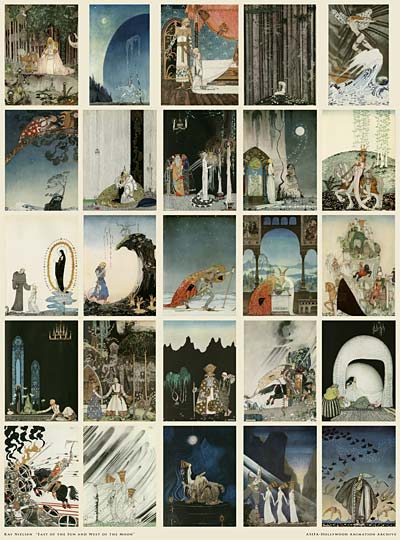Please Note: We are in the process of reformatting and reuploading these posts. Bookmark this jump page and check back regularly to see what’s new. Thank you for your patience.
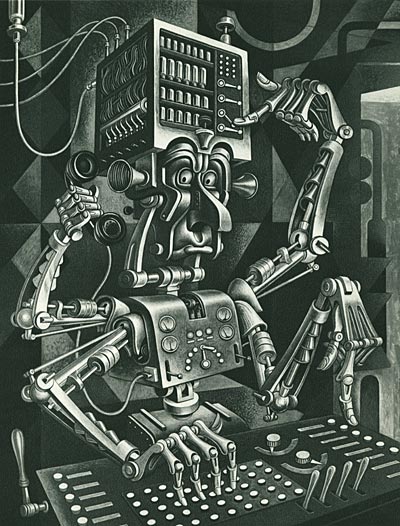
Animation Resources isn’t just an archive OF animation… it’s an archive FOR animators. There’s a subtle but important distinction there… One of the aspects of modern animation that could stand improvement is design. Too many current animated films ignore the importance of appealing design, or lean too heavily on the designs of other animated films. There’s absolutely no reason why every princess, king or mouse should look like princesses, kings and mice from previous films. There’s a wide world of design inspiration to be found in the history of illustration. Here’s just a sampling of the important material related to illustration contained in the Animation Resources Database…
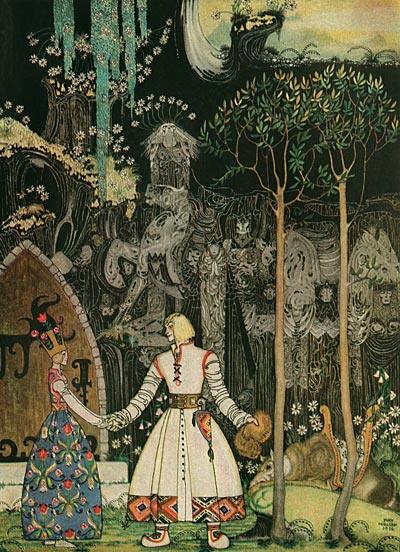
One of the primary projects of Animation Resources is to gather together the reference materials that inspired the artists who made animated cartoons in the golden age. It’s a little known fact that every animation studio had a library of children’s books for the reference of the background painters and designers. Rare editions of Rackham, Dulac and Wyeth sat on the shelves at studios in both New York and in Hollywood. Many great children’s book illustrators worked for a time in animation, including Kay Nielsen, Gustaf Tenggren and Willy Pogany.
BLAND TOMTAR OCH TROLL: John Bauer’s Trolls (Bauer Biography) / Einar Norelius 1929, 1934, 1944 & 1949 (Norelius Biography)
KAY NIELSEN: East of the Sun and West of the Moon / Twelve Dancing Princesses and Hansel & Gretel
ARTHUR RACKHAM: Grimm’s Fairy Tales
EDMUND DULAC: Hans Christian Anderson / Poe’s Poetical Works and Tanglewood Tales
MILO WINTER: Aesop For Children
FELIX LORIOUX: Fables de la Fontaine and Le Buffon des Enfants / Tales From Perrault
GUSTAF TENGGREN: D’Aulnoy’s Fairy Tales, Good Dog Book, Small Fry And The Winged Horse / Heidi – Wonderbook – Juan & Juanita / Grimm’s Fairy Tales (See also Gustaf Tenggren under Golden Book Style below.)
WILLY POGANY: Willy Pogany’s Drawing Lessons / Mother Goose
OTHER CLASSIC ILLUSTRATORS: W. Lee Hankey’s Deserted Village / Maxfield Parrish’s Arabian Nights (1909) / N. C. Wyeth’s Legends of Charlemagne / Mabel Lucie Attwell’s Peter Pan and Wendy / Frank Reynolds Paints Pickwick / Monks By Eduard von Grutzner / Boris O’Klein’s Dirty Dogs of Paris / Reginald Birch and St. Nicholas Magazine / Gustave Dore
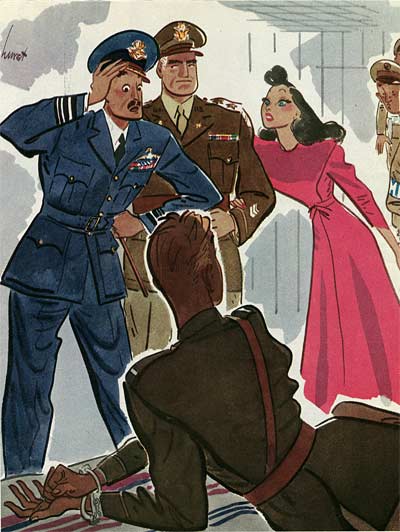
From the 1920s through the late 1950s, magazines featured the work of some of the top talents in the art world. Leindecker, Artzybasheff, Szyk and Hurst were all great artists whose work has a lot to offer today’s cartoonists and character designers. Thanks to Archive Supporters Mike Fontanelli and Kent Butterworth, we have been able to bring many of these great names to your attention.
BORIS ARTZYBASHEFF: As I See: Neurotica, Machinalia and Diablerie
LAWSON WOOD: The Monkey Painter
WARTIME PROPAGANDA: Arthur Szyk: The New Order / WWI & WWII Propaganda Posters / Aviation Illustrators
COLLIERS MAGAZINE: 1930s & 40s Colliers Illustrations, Advertisements, Ink Wash Paintings / and WWII Era Illustrations
CORONET MAGAZINE: Bugs Bunny: A Hare Grows In Manhattan 1945 / Disney’s Casey At The Bat / Harper Goff’s Blood On The Moon / Norman Rockwell: The People’s Painter
VANITY FAIR MAGAZINE: The Genius of Miguel Covarrubias
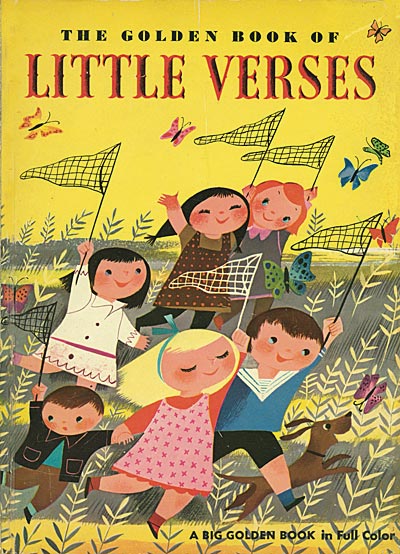
Thanks to a generous donation by Animation Resources supporter John Kricfalusi, we are able to share the beautiful work of the great artists who made a fortune for Western Publishing’s Little Golden Book line. The style was created by Disney concept artist, Gustaf Tenggren and reached its peak in books by Mel Crawford. Many animation artists moonlighted as children’s book illustrators… among them Norm McCabe, Harvey Eisenberg, Mary Blair and J. P. Miller.
GUSTAF TENGGREN: Tenggren’s Tell It Again Book: Genesis of the Golden Book Style / Sing for Christmas / The Little Trapper (See also Gustaf Tenggren under Classic Illustration above.)
FEODOR ROJANKOVSKY: Frog Went A-Courtin’
TIBOR GERGELY: A Day In The Jungle / “Watch Me! Said the Jeep” and “The Red, White and Blue Auto”
MARY BLAIR: Mary Blair’s Baby’s House / Little Verses / The New Golden Song Book
MEL CRAWFORD: Rootie Kazootie Joins The Circus
AL WHITE: Rocky & His Friends and Huck Hound Builds A House
ANIMATION RELATED: Disney Christmas Cards / Disney’s Uncle Remus Stories / Ferdinand the Bull / Late 30s Looney Tunes Placemats
RECORD ALBUMS & MOVIE MEMORABILIA: 50s & 60s LP Covers / Bozo And His Rocket Ship / Ernesto Garcia Cabral: The Greatest Cartoonist You’ve Never Heard of Before! / Fantastic Mexican Lobby Cards
- ATTWELL, Mabel Lucie
- BIRCH, Reginald
- BONESTELL, Chesley
- BRIGGS, Austin
- CABRAL, Ernesto Garcia (aka: “Chango”)
- CADY, Harrison
- CORNWALL, Dean
- COVARRUBIAS, Miguel
- DEMPSTER, Al
- DOHANOS, Steven
- DOMERGUE, Jean-Gabriel
- DORNE, Albert
- EISENBERG, Harvey
- FRAZETTA, Frank
- GRAMATKY, Hardie
- HELCK, Peter
- JUSTICE, Bill
- LUDEKENS, Fred
- PARKER, Al
- PARRISH, Maxfield
- PEET, Bill
- PYLE, Howard
- REYNOLDS, Frank
- ROCKWELL, Norman
- STAHL, Ben
- SZYK, Arthur
- WHITE, Al
- WYETH, N. C.
INBETWEENS ARTICLES
- Jean-Gabriel Domergue: Granddaddy of All Pinup Artists
- Coloring Book Covers
- Pulp Magazine Covers
- Howard Pyle- Master of Romance and Adventure
- Boy’s King Arthur by N. C. Wyeth
VISIT OUR GALLERY OF FINE ART PRINTS
![]()
![]() Animation Resources in association with Imagekind is proud to present a collection of fine art prints representing some of Kay Nielsen’s greatest work- illustrations from the classic book, East of the Sun and West of the Moon. Produced on demand from high resolution archival scans, these prints are carefully color corrected for maximum image quality and fidelity to the original book. Visit the Kay Nielsen Gallery at Imagekind to see all the available images.
Animation Resources in association with Imagekind is proud to present a collection of fine art prints representing some of Kay Nielsen’s greatest work- illustrations from the classic book, East of the Sun and West of the Moon. Produced on demand from high resolution archival scans, these prints are carefully color corrected for maximum image quality and fidelity to the original book. Visit the Kay Nielsen Gallery at Imagekind to see all the available images.














